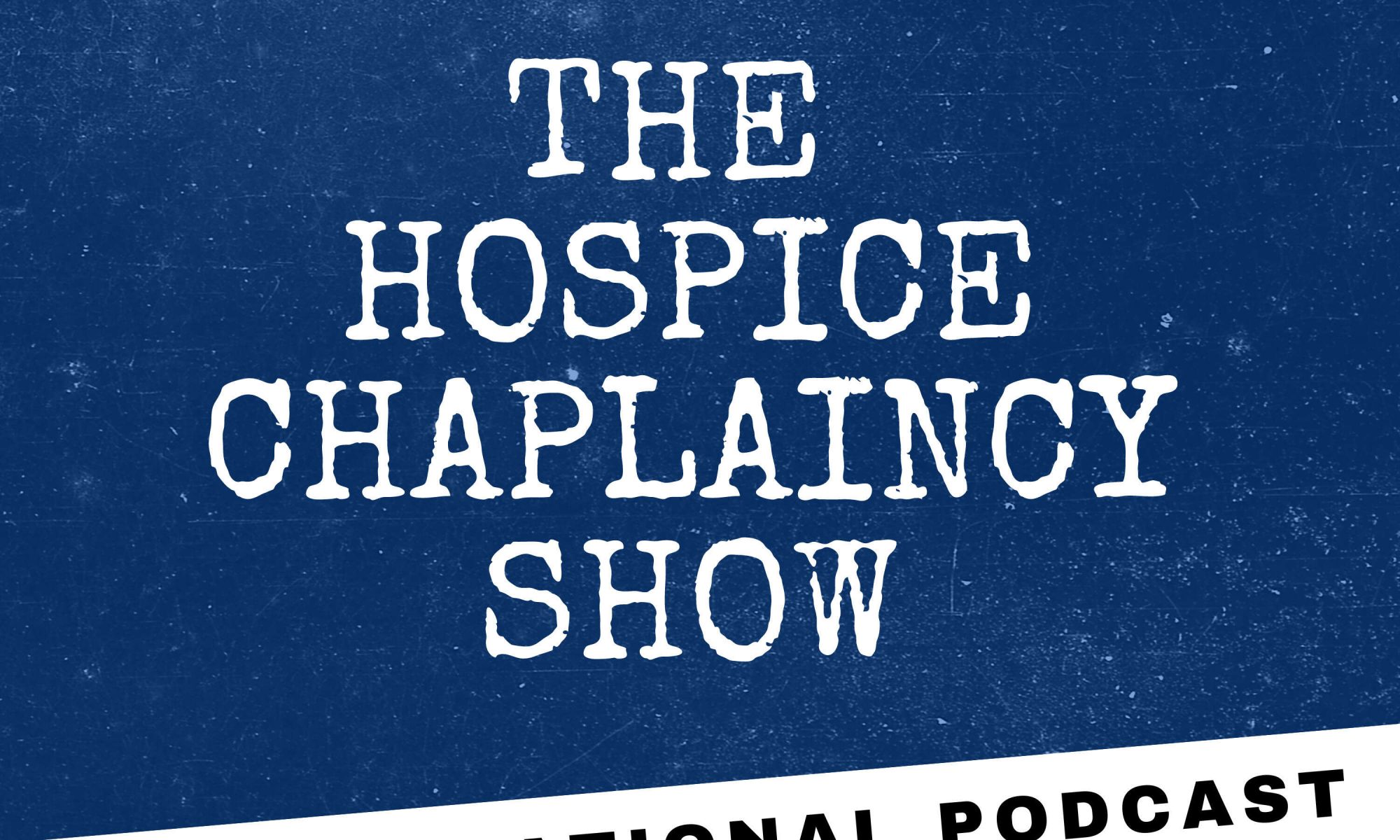The Role of Symbols in End of Life Care
Symbols are objects that take on a deeper meaning for the person grasping them. Every symbol points beyond itself to a reality for which it stands.
Symbols can be both corporate and private, easily recognized but contextualized in the individual experience.
Rituals in End of Life Care
Symbols are often (though not always) tangible, representational, and passive; rituals, on the other hand, are active, responsive, and collective. Rituals, for the sake of this study, are a collection of actions.
A ritual is a stereotyped sequence of activities involving gestures, words, and objects, performed in a sequestered place, and designed to influence preternatural entities or forces on behalf of the actors’ goals and interests.
Rituals may be seasonal, hallowing a culturally defined moment of change in the climatic cycle or the inauguration of an activity such as planting, harvesting, or moving from winter to summer pasture; or they may be contingent, held in response to an individual or collective crisis.
Symbols are often used in rituals. Consider a commonplace, mundane example. The simple action of planting a tree has a routine—prepare the soil, dig the hole, place the tree, cover with soil, water, etc. This may not seem like much of a ritual, but when that planting is done in memory of someone who has died within a community that celebrates the life that has gone before, and the individuals participate in the planting, this simple act becomes a ritual, a ritual of remembrance.
Rituals are active and may be rooted in tradition or they are active, built on the simple action and then assigned metaphorical significance.


